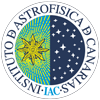Technology news
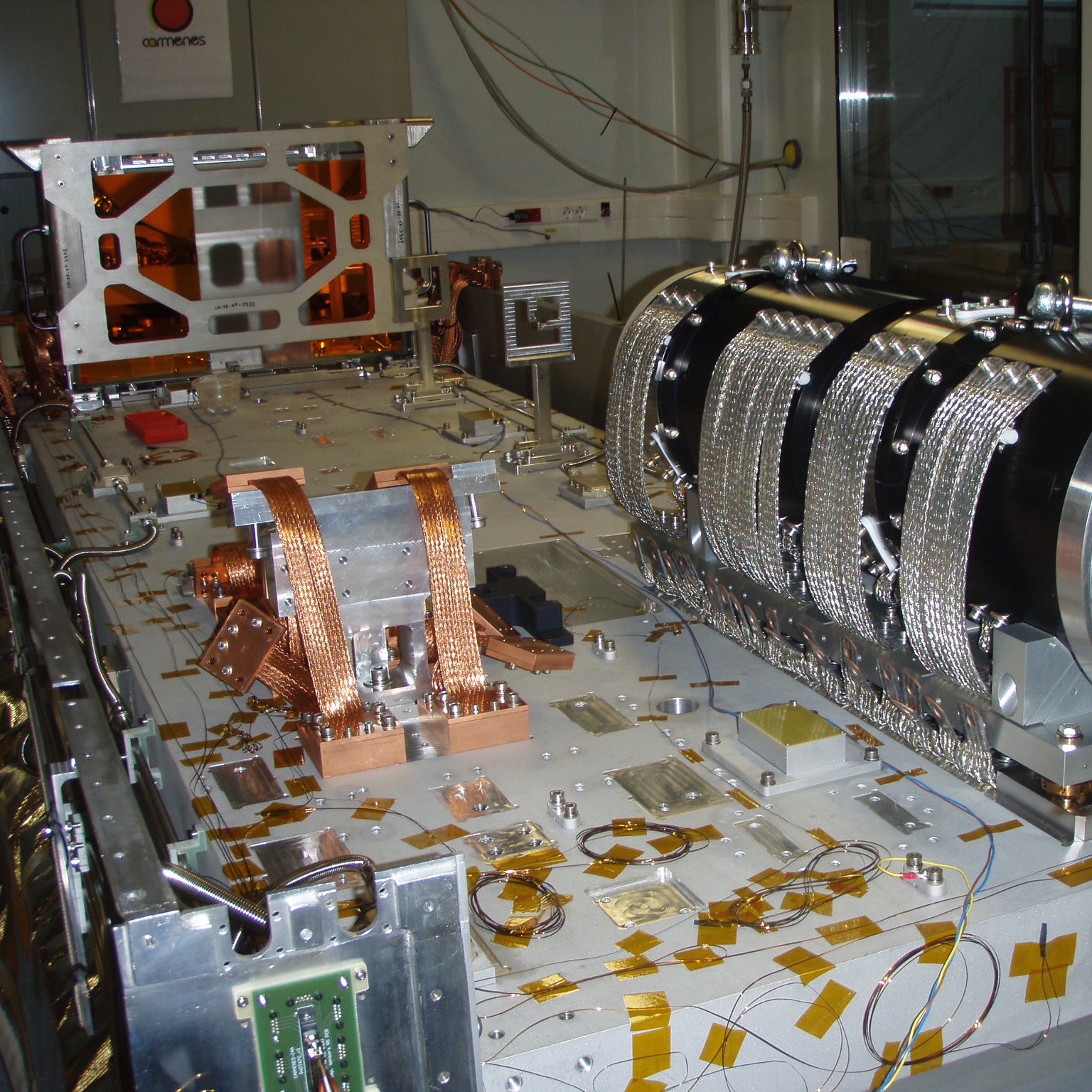
First successful tests of new planet hunter “CARMENES”
17/12/2015
After five years of preparation, the highly complex instrument CARMENES was for the first time used in November at the 3.5m telescope of the Observatorio de Calar Alto, near Almería in southern Spain, which is operated jointly by the Max-Planck-Society (MPG) and the Consejo Superior de Investigaciones Científicas (CSIC). Scientists and engineers of the Instituto de Astrofísica de Canarias (IAC) have participated in the design and construction of the new “planet hunter”. The Severo Ochoa program at the IAC has supported the manufacture of its optomechanical mounts.
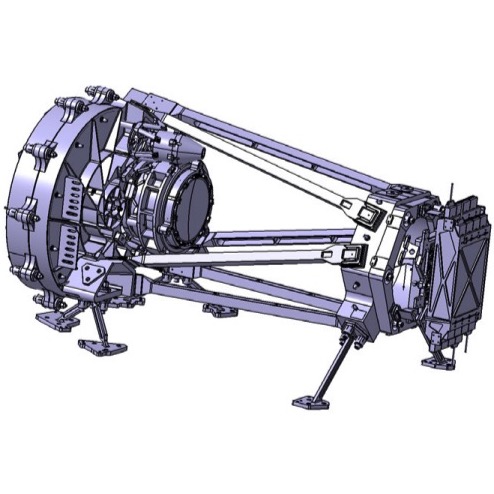
"NISP System Week" Meeting
21/09/2015
The "NISP System Week" meeting has been held at the IAC between September 15th and 18th. About 40 scientists and engineers from more than 10 institutions attended the meeting. They were all part of the consortium developing the NISP (Near Infrared Spectrometer and Photometer) instrument, that will fly on the EUCLID mission on 2020. The IAC works with UPCT (Polytechnic University of Cartagena, Spain) in the design, manufacture and operation of the ICU (Instrument Control Unit) of the instrument.
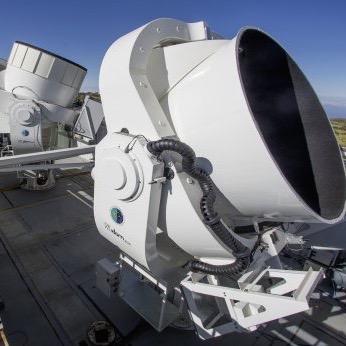
The QUIJOTE Experiment inaugurated
27/06/2015
His Majesty the King of Spain, accompanied by the President of the Government of the Canaries, Paulino Rivero, and the Minister of Public Works, Ana Pastor, among other authorities and personnel of the Institute of Astrophysics, presided over the commemoration ceremony for the 30th anniversary of the Canary Observatories at the Teide Observatory in Tenerife, last Saturday, June 27th. The programme started with the inauguration of the telescopes newly installed at the Teide Observatory. The QUIJOTE experiment was among them. >> Further information
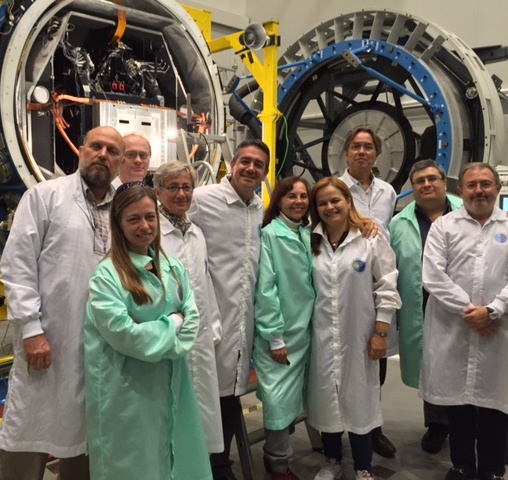
XV meeting of the EMIR Consortium
01/06/2015
The fifteenth meeting of the EMIR Consortium was held at the IAC on 26 and 27 May. Its members belonging to the IAC, Universidad Complutense de Madrid, University of Florida in Gainesville and Astrophysics Laboratories of Toulouse and Marseille, met in the IAC to review the status of the project, to discuss participation in the awaited commissioning of EMIR on the Gran Telescopio CANARIAS, and to prepare the early scientific exploitation of the instrument. The integration and verification of EMIR, which is being carried out at the IAC, is nearing completion.
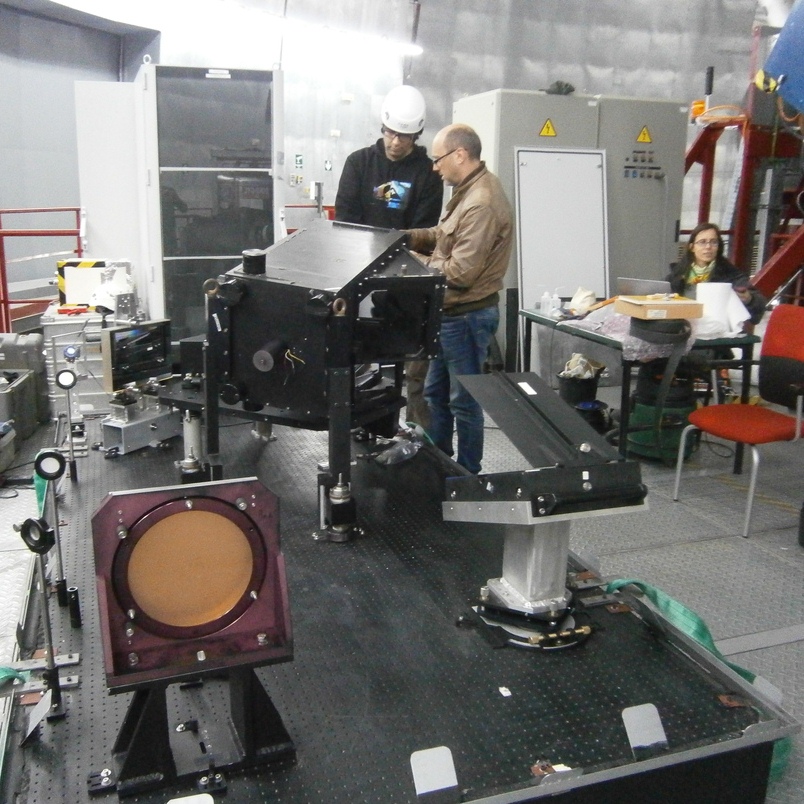
First Light for HORS on the Gran Telescopio CANARIAS
26/05/2015
The HORS spectrograph, one of the supported technology projects of the SO Program at the IAC, was successfully installed on the Gran Telescopio CANARIAS (GTC) last week, and observed its “first light” through the telescope last Saturday. After a battery of tests of the optics, electronics, and software, on Saturday night the GTC pointed at the Pole Star, and its light was analyzed by HORS. A few more months of trials are coming and then it is hope that HORS will begin routine use as a Visiting Instrument on the GTC early in 2016. The new instrument will enable the GTC to analyze light with a resolution ten times higher than any of the other instruments on the telescope. >> Further information
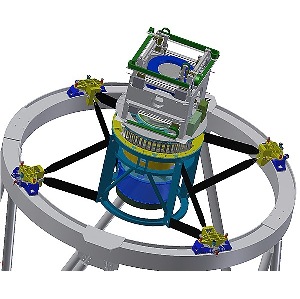
Final design reviews of WEAVE scientific software
22/04/2015
An international team of external experts is meeting today and tomorrow at the IAC headquarters to review the design of the science data system of WEAVE. WEAVE is a new wide-field multi-object spectrograph proposed for the primary focus of the William Herschel Telescope at the Roque de los Muchachos Observatory, and it is currently under construction supported by the Severo Ochoa program. The final design review of the data reduction pipeline and the advanced scientific software, together with the preliminary design review of the data archive system will take place at IAC on April 22nd and 23rd.
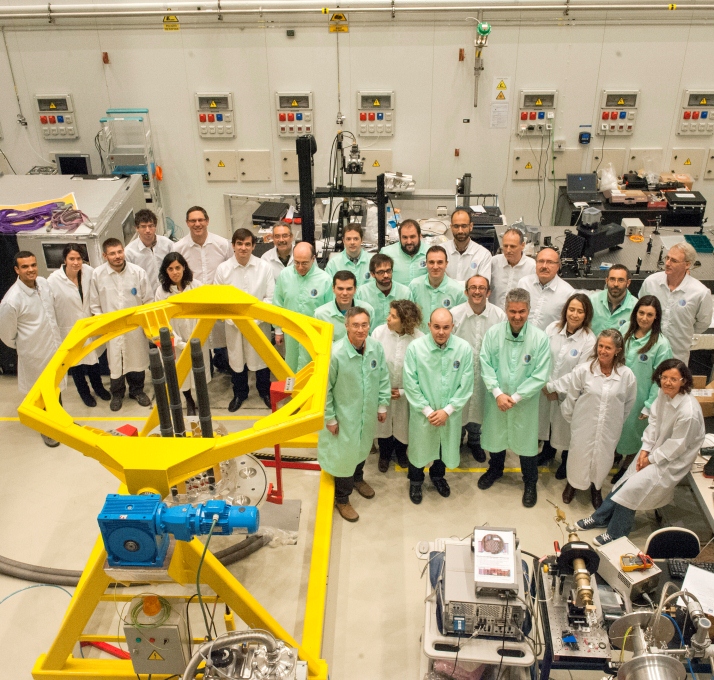
The QUIJOTE Consortium meets this week at the IAC
10/03/2015
From March 11th to 13th the IAC will host the ninth meeting of QUIJOTE consortium. Several members of this collaboration, belonging to the IAC and the Universities of Cantabria, Manchester and Cambridge, will meet at the IAC to review the status of this project. Among the topics to be discussed is the recent delivery of the first QUIJOTE article, with data from the first instrument, the assembly of the second instrument and construction of the third instrument, both in development, as well as the commissioning tests of the second telescope, which has been already installed at the Observatorio del Teide.
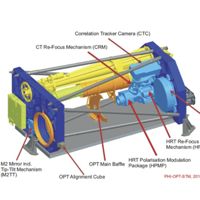
Solar Orbiter PHI Calibration Working Group meeting
03/03/2015
On March 3, 4 and 5, the headquarters of the IAC host a meeting of the SOPHI Calibration Working Group, in charge of developing all the pre-processing and calibration tools prior to the data analysis. The Polarimetric and Helioseismic Imager (PHI) is one of the instruments on board the Solar Orbiter ESA/NASA mission. Among the ten instruments aboard, PHI is the most heavy and complex one. It consists of two telescopes for high resolution and full disk observations, with the aim of measuring the vector magnetic field and Doppler velocities by a novel and state-of-the-art onboard analysis of the data.
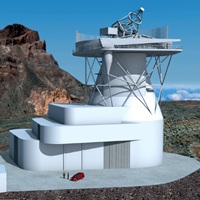
The European Commission approves the project GREST
04/02/2015
The European Commission has approved, with an amount of EUR 3 million, for a period of three years, the proposal called GREST ("Getting Ready for the EST"), which aims to continue the technical design work on the instrumentation for the European Solar Telescope (EST) and other strategic actions. In this European call for scientific infrastructures only five projects of this nature have been approved for all areas of knowledge. GREST is coordinated by the IAC, particularly by Manuel Collados Vera, who is the representing researcher of the "Solar Physics" line in the Severo Ochoa Coordination Committee at the IAC.
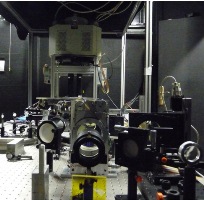
Meeting of the AOLI Consortium at the IAC
20/01/2015
Today and tomorrow the headquarters of the IAC, in La Laguna, host a meeting of the AOLI Consortium, formed by the IAC itself, the Univ. de La Laguna (ULL), the Institute of Astronomy (IoA) at Cambridge, the Univ. Politécnica de Cartagena (UPCT) and the Univ. of Cologne. AOLI (acronym for Adaptive Optics Lucky Imager) is an instrument that will combine the two best high-spatial-resolution techniques available today in order to obtain images in the diffraction limit in the visible range, using the WHT telescope. The primary objective of this meeting is to establish the necessary steps to have a working version of the instrument during 2015.
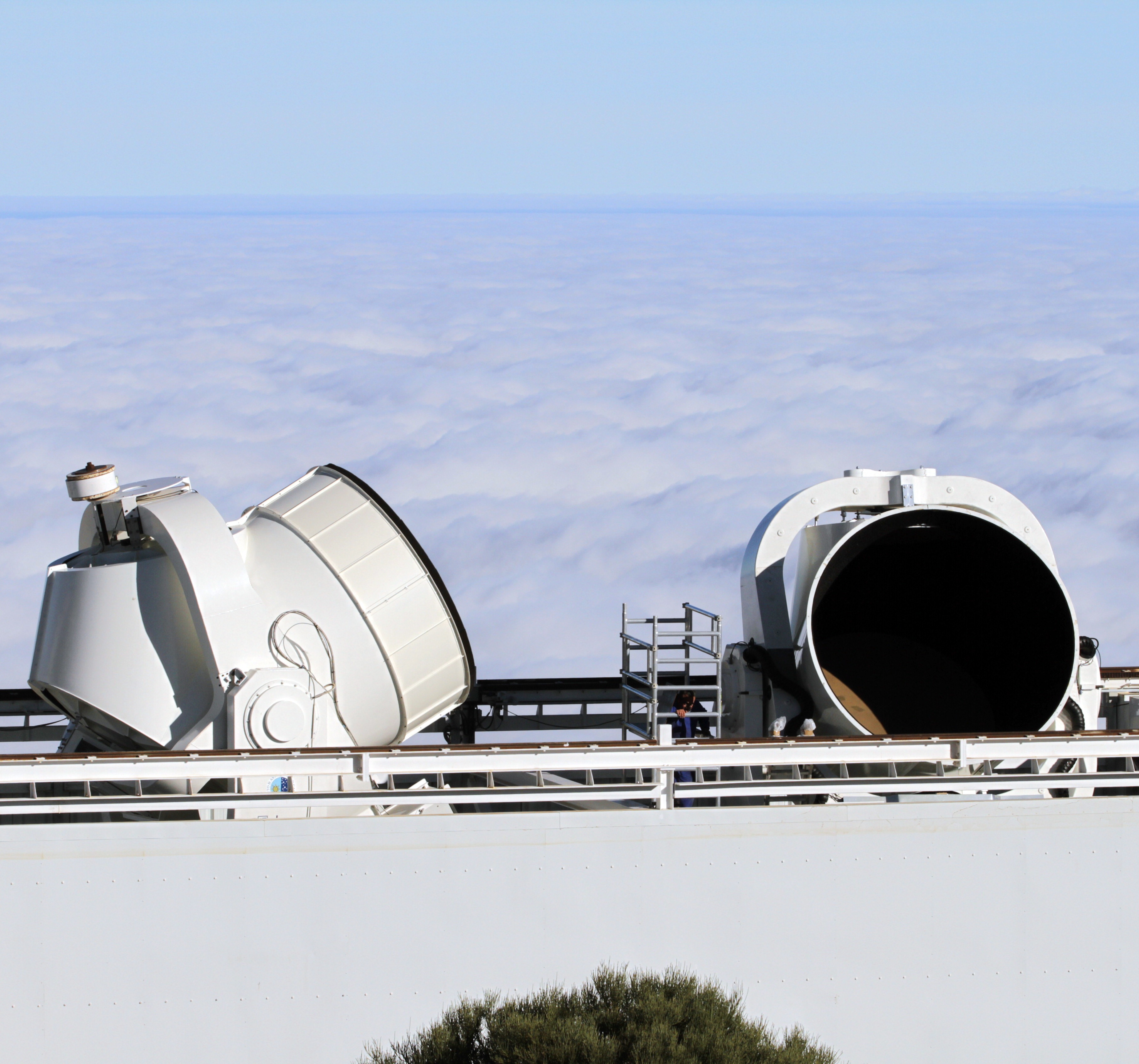
The second QUIJOTE telescope ready to join its partner
19/01/2015
The final on-site acceptance tests of the second QUIJOTE telescope were successfully conducted during the last weeks, in which the performance of the telescope was checked, including the different operation modes. Its installation at the Teide Observatory, in Tenerife, was completed in early November, 2014 . The telescope's rotary joint, where all electrical, communication and fluid channels converge to allow the telescope fully and continuously rotate on its axis, were integrated in that phase. QUIJOTE-II is now ready to receive the TGI instrument and join its partner in the study of the cosmic microwave background radiation.
![]()
One step closer to confirm (or not) the inflationary epoch
28/08/2014
The IAC has completed the integration and testing of the first pixel for the second QUIJOTE instrument, the TGI (Thirty GHz Instrument), which will confirm or deny the detection of B-modes in the polarization of the cosmic microwave background. The first telescope and the first instrument are both operating in the band from 10 to 20 GHz since November 2012, at the Teide Observatory. The second telescope has recently been installed at the Observatory, and the TGI is in the integration stage at the IAC headquarters. Both the second telescope and TGI are planned to be in commissioning by the end of 2014, covering the range from 26 to 36 GHz. >>Read more
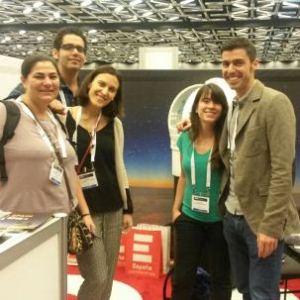
IAC Technological Contributions in SPIE 2014
22/07/2014
The IAC has participated with more than 20 technological contributions in the Conference and Exhibition "Astronomical Telescopes + Instrumentation" organized by SPIE (International Society for Optics and Photonics), which have taken place at the Palais des congrès de Montréal (Canada) from 22 to 27 June. This is a biennial event attracting top researchers and developers of instruments for ground-based and airborne telescopes and space exploration systems. Most of the contributions of the IAC refer to technology projects supported by the Severo Ochoa Program. >>Read more
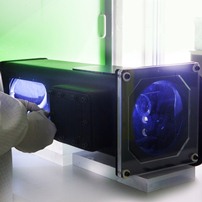
Wide FastCam is ready to be installed at the Telescopio Carlos Sánchez
18/07/2014
Wide FastCam, an optical camera for obtaining extremely high temporal resolution images in a wide field of view, is ready to be installed at the Telescopio Carlos Sánchez, in the Teide Observatory. After the IDOM company finished the manufacture of the instrument’s optomechanics, Wide FastCam arrived at IAC, where it has been fully tested during the last weeks. The instrument is expected to be used in more than twenty different fields of astrophysics, from exoplanet transits to black holes.

WEAVE Preliminary Design Reviews (PDRs) held at the IAC
13/06/2014
WEAVE is an international project with IAC participation, including a Severo Ochoa postdoc working on the development of specific science analysis tools, part of the instrument Science Data System (SDS). Two PDRs of specific WEAVE subsystems have been held at IAC. On June 10th, it was organized the "PDR of the SDS for the WEAVE surveys", where all the SDS systems were reviewed by external experts, before starting the final design phase. This review was conducted for each subsystem, to evaluate the progress and technical adequacy of the selected design approaches, with a focus on the compatibility between science requirements and preliminary design. On June 12th, the "PDR for the WEAVE prime focus corrector translation subsystem" was also held at the IAC.
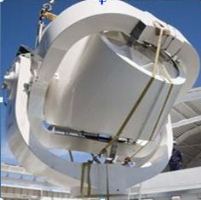
8th Meeting of the QUIJOTE Consortium to be held at the IAC
28/05/2014
The eighth meeting of the QUIJOTE consortium will be held on June 2nd and 3rd at the IAC, with the participation of the Universities of Cantabria, Manchester and Cambridge partners. The meeting will cover, among other subjects on the engineering side, the state of manufacturing of the second instrument, the Thirty GHz Instrument (TGI). The Severo Ochoa program is contributing to the purchase of some components (waveguides) for the TGI . Regarding the science, the current state of the MFI observations and data processing will be discussed, as well as the plan for upcoming publications where the first results of QUIJOTE will be presented.
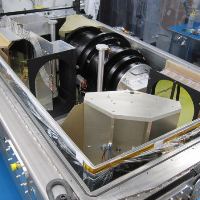
The polished fold mirrors of APOGEE -2 South arrive at the UVa
14/03/2014
The polished folding mirrors of APOGEE-2 South arrived at the University of Virginia (UVa) in early March 2014. The IAC is involved in the construction of the new spectrograph for APOGEE-2 South, essentially a copy of the original APOGEE spectrograph, with the Severo Ochoa program support focused on polishing of the folding mirrors #1 and #2 of the spectrograph, as well as with engineering support from the Technology division to assess the effectiveness of seismic protection measures under consideration. The polishing was carried out by the Nu-Tek Precision Optical Corporation at the U.S., who did the same job for the original instrument. The mirrors have now been delivered to the UVa where the second APOGEE instrument is being built. (Picture: original APOGEE spectrograph. Image credit: S. R. Majewski)
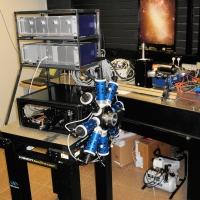
5th technical meeting on CARMENES AIV to be held in Barcelona.
22/01/2014
The 5th technical meeting on CARMENES AIV progress will be held in Barcelona from the 10th to the 13th of February 2014. Víctor Sánchez Béjar (project scientist) and Pablo Redondo (mechanical engineer) will attend the meeting as IAC´s representatives. The mission regarding the mechanics is to close the detailed design of the optomechanical mounts assigned as IAC´s contribution to the project (Off-Axis Parabolic Mirror, Fiber Input Unit and Cross Disperser, for both channels, visible and infrared). The detailed design has been produced by IAC in collaboration with the optical and mechanical teams of CARMENES external to IAC, since the kick off of our assignment in September 2013.
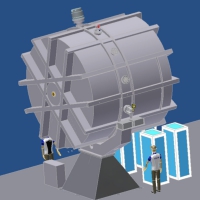
HARMONI Design Workshop
20/01/2014
IAC hosted the "HARMONI Design Workshop" from January 14 to January 16, 2014. The meeting was attended by 28 engineers and scientists of the partner institutions, Oxford University, UKATC, CRAL, ONERA, CAB-CSIC and IAC. HARMONI is the first light integral field spectrograph for the 39m European Extremely Large Telescope -E-ELT- from ESO. The project is now in an "Interim Study" period (partially supported by Severo Ochoa), mainly focused in the revision of the Phase-A instrument design and project definition to improve and adapt to the new E-ELT concept. The aims of the workshop were to review the current status of the engineering, science and management activities of the International Consortium.
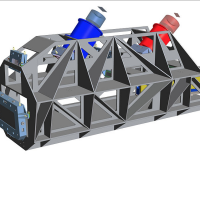
ESPRESSO: The next European exoplanet hunter
15/01/2014
The Astronomische Nachrichten has published an article about the expected performance of ESPRESSO. The spectrograph will be installed at the Combined- Coudé Laboratory of the VLT and linked to the four 8.2 m Unit Telescopes (UT) through four optical Coudé trains. ESPRESSO will combine efficiency and extreme spectroscopic precision. The project passed the final design review in May 2013 and entered the manufacturing phase. ESPRESSO will be installed at the Paranal Observatory in 2016 and its operation is planned to start by the end of the same year. Download the paper for more information.
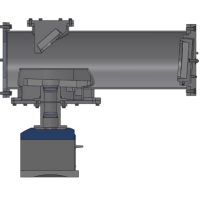
IDOM company will manufacture Wide FastCam Instrument
19/12/2013
After an open competition, the IDOM company is in charge of the design and manufacture of the optomechanics of the instrument. The concept that they propose is a tubular bench of welded aluminum, in which its structure also performs as a protective enclosure. The two mirrors would be fitted in two flanges on adjustable cells with three screws and the two camera lenses, the detector and the filter wheel would be fitted with a third flange. Once this design is approved, the manufacturing of the instrument will be easy. Consequently the first prototype should be ready in spring 2014.


